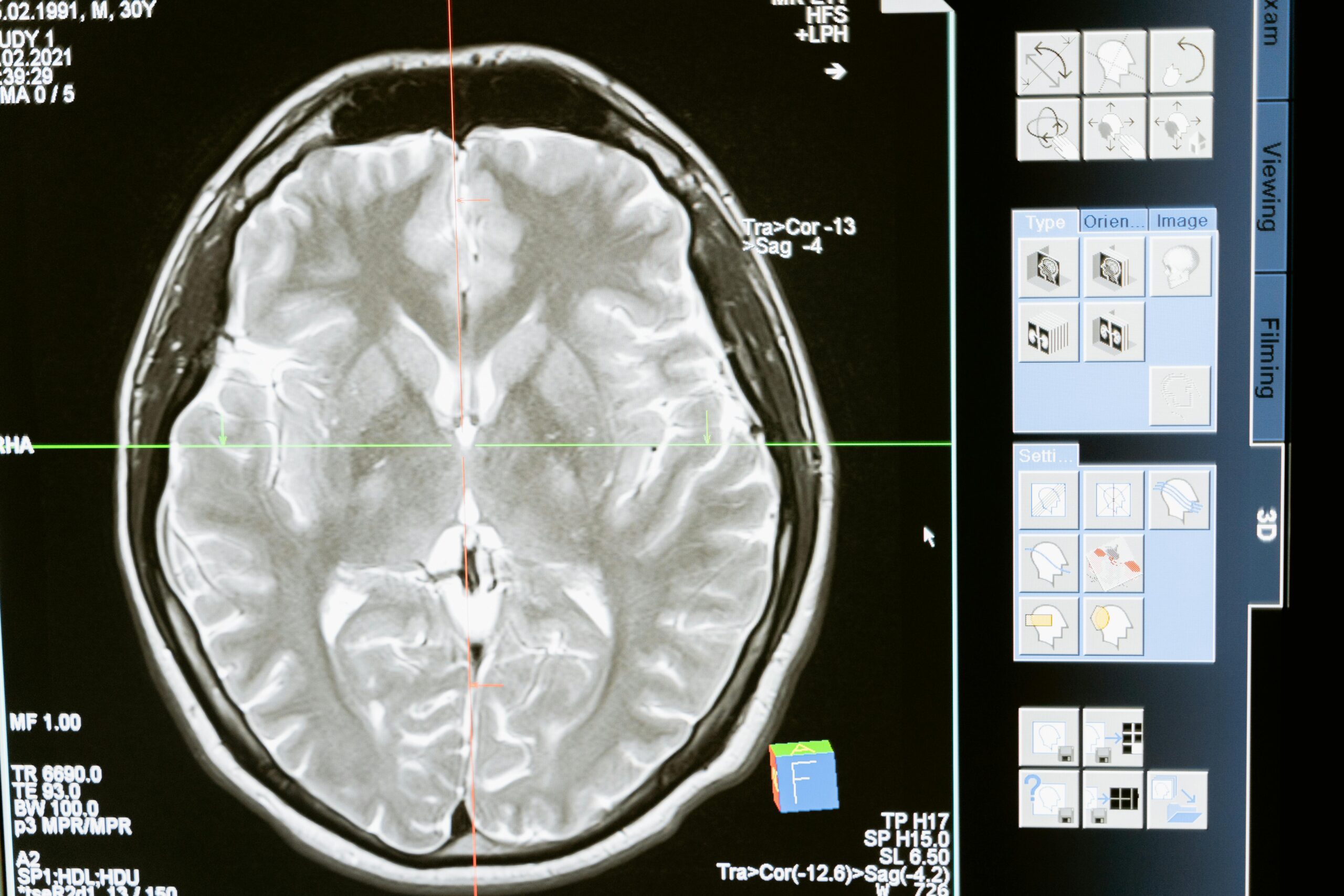Let’s be honest – some VCE Psychology topics feel like they were designed specifically to fry your brain during study sessions. Neurotransmission? More like neuro-what-now? The lobes of the brain? Are we just expected to casually memorise an entire organ?
If you’ve ever opened your VCE Psychology notes and felt like you were drowning in synaptic gaps, glutamate, and the frontal–parietal–whatever lobes, this guide is for you. But there is good news; with the right strategies, even the most content-heavy topics can become manageable – and dare we say, even a little bit fun. Let’s dive in.
Why these topics feel hard to memorise in VCE Psychology
Topics like neurotransmission and brain anatomy are dense, technical, and packed with similar-sounding terms. You’re not just memorising facts – you’re trying to develop a genuine understanding of how the nervous system works.
The trick isn’t to cram. It’s to layer your understanding with active recall, visuals, storytelling, and spaced repetition.
1. Use repetition – but make it smart
Re-reading your notes over and over won’t cut it. That’s passive, and your brain will likely check out by the third repetition. Instead, make use of spaced repetition tools like:
-
Quizlet: Create flashcards for key terms like excitatory vs inhibitory neurotransmitters, LTP, synaptic pruning, etc. Use its “learn” mode for structured review.
-
Anki: A free, customisable flashcard app with spaced recall built in – ideal if you prefer more control.
Pro tip: Avoid overly simple flashcards like “hippocampus = memory.” Instead, make them specific and contextual:
Q: What role does the hippocampus play in consolidating long-term memories in classical conditioning?
A: It helps form the memory of the CS–US association.
2. Draw your brain (literally)
You don’t have to be Picasso, but drawing diagrams helps reinforce recall by activating multiple brain areas: visual, spatial, and motor.
Try sketching:
-
A side view of the brain with the four lobes labelled - frontal, parietal, temporal and occipital
-
The synaptic transmission process: vesicles → release →synaptic cleft →receptor → postsynaptic change
-
A labelled neuron: dendrites, axon, myelin sheath, terminal buttons
Bonus tip: Turn your fridge, mirror, or wall into a mini brain anatomy gallery. The more you see it, the more it sticks.
3. Use mnemonics (silly = sticky)
Psychology terms are abstract – mnemonics make them memorable.
-
Lobes of the brain:
Funky People Take Out Trash = Frontal, Parietal, Temporal, Occipital -
Synaptic transmission steps:
New Zebras Race Speedily Toward Crocodiles = Neuron, Zip (vesicles), Release, Synaptic gap, Target receptor, Change (in postsynaptic cell)
The weirder, the better. Your brain is wired for patterns – especially odd, playful ones.
4. Try “blurting” for deep recall
This method is a game-changer.
-
Pick a topic (e.g., Neurotransmission).
-
Close your notes and write everything you remember on a blank page.
- Open your notes and fill in the gaps using a different colour.
This shows you what you know well, what’s fuzzy, and what you’ve forgotten entirely. Do this weekly, and you’ll be amazed at your progress.
5. Use memory anchors and real-life analogies
Abstract content is easier to remember when linked to familiar, concrete ideas.
Try these analogies:
-
GABA = your brain’s “chill pill” neurotransmitter
-
Glutamate = “go-go juice” – essential for learning but dangerous in excess
-
Amygdala = your internal drama queen – the emotional first responder
Silly? Yes. But effective? Absolutely.
6. Watch animated videos or simulations
Let’s be real – a short video can often explain what a textbook page cannot. Find short 2-minute animations that can visually cement in your mind what a page of text can't.
Search for terms like:
-
Neurotransmission animation
-
Brain lobes and their functions
-
Synaptic plasticity explained
Pair videos with active note taking or flashcards for maximum retention.
Recommendation: CrashCourse Psychology – quick, engaging, and surprisingly comprehensive.
7. Teach a friend (or your dog)
Teaching forces you to simplify and clarify your understanding. If you can explain a concept aloud – even to your pet – you probably understand it well.
Try this:
- Either ask a friend if you can explain a concept to them, or pretend you're a lecturer before a class of students
-
“Can I explain synaptic transmission to you in 60 seconds?”
-
If you get stuck or stall on a point, that's a signal that you need to revisit and revise that step
-
Ask your friend to quiz you afterwards, or field pretend questions from your students on the topic
This is based on the Feynman Technique – one of the most powerful learning tools out there.
8. Keep a “brain dump” journal
During revision, reserve a section in your notebook titled:
“Things I Keep Forgetting.”
Every time you miss something during a quiz or forget a flashcard – jot it down. Review this list before each new study session. You’ll turn your weak points into strengths over time.
Final thoughts
You don’t need a photographic memory to master the complexities of the brain and neurotransmission in Units 3 & 4 of VCE Psychology. What you do need is a smart system, consistent repetition, and learning techniques that actually align with how the brain retains information.
Here’s your quick recap:
-
Use flashcards with spaced repetition
-
Draw diagrams to activate visual memory
-
Create ridiculous but helpful mnemonics
-
Practice blurting for active recall
-
Link abstract terms to real-world ideas
-
Watch animations to reinforce your understanding
-
Teach others to deepen your own comprehension
-
Track your weak spots and target them regularly
Most importantly? Make it fun. The more creatively and playfully you approach difficult content, the more effectively it will stick.
The brain is extraordinary – and with a little help from your amazing prefrontal cortex, you’re about to master it. You’ve got this.
If you found these tips helpful, I’d personally love to support you as your tutor this year. You can view my profile on Learnmate and contact me to discuss tutoring. Feel free to check out my other blog on VCE Psychology Short-Answer Questions: Common Errors (and How to Fix Them) too, as you prepare for the final exam this year.
Alternatively, you can also engage other tutors on Learnmate to help you refine your VCE Psychology skills, boost your confidence, and provide guidance tailored to your specific needs. Connect with an expert VCE Psychology tutor on Learnmate and take your understanding and SAQ preparation to the next level!




